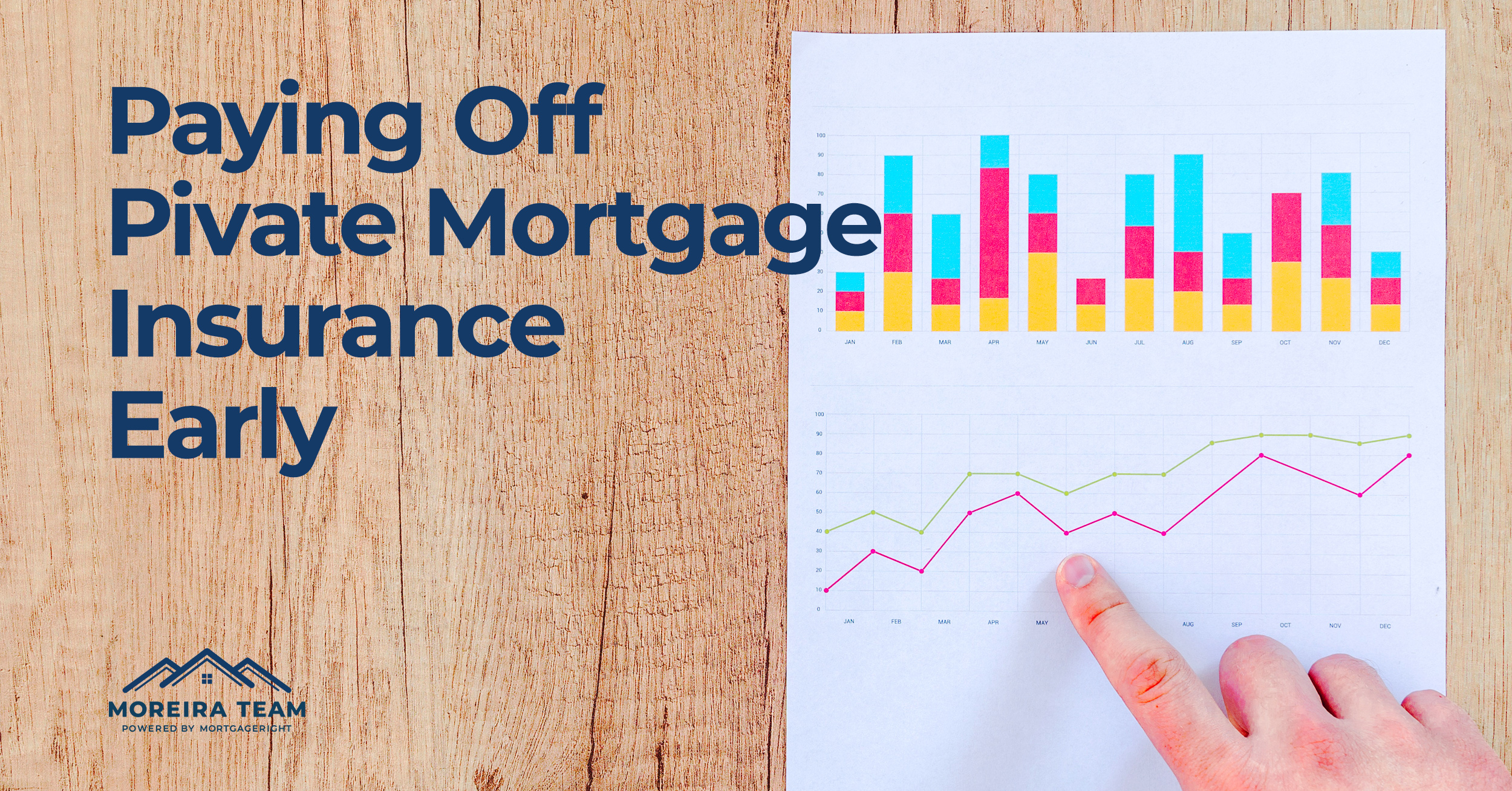
In this article
What is PMI and the Benefits of Paying It Off Early.
After a few years of accelerated mortgage payments I paid off the private mortgage insurance on my mortgage loan. I realized that I was saving $235 a month in PMI payments.
As you may know, private mortgage insurance is applied to most mortgages for home purchases where you the borrower have made a down payment that is less than 20% of the home’s appraisal value. The lender uses mortgage insurance to protect their loan if you default on your loan and the lender is forced to sell your home.
See How Easy it is to Get Your Custom Rate!Watch Now
Having that extra $235 per month can add up to things like a well-deserved vacation, adding nicer clothing to your wardrobe, buying groceries at Whole Foods instead of the regular grocery store, or getting a personal trainer to help you get in better shape.
Ok, you have heard enough on this how do you eliminate the Private Mortgage Insurance early so you don’t feel strangled by your mortgage payments.
See How Easy it is to Get Your Custom Rate!Watch Now
Pay Down Your Mortgage Sooner
Instead of just making your mortgage payment monthly, switch the frequency of your mortgage payments to be every two weeks with your regular pay. By doing this, you accelerate the interest payments and decrease your principal sooner. Once your loan you reach the tipping point where your loan to value reaches eighty percent, you can reach out to your lender and start the process of having the private mortgage insurance removed from your mortgage payments.
Keep in mind this will take time-based on your original loan deposit amount. If you were lucky enough to pay 15% down it will obviously take you less time and if you had no money down which only applies to very few people you are looking at a much longer period to pay it off. The bi-weekly payment frequency will get you there sooner, though. Also, if you get a tax return each year apply it as a lump sum payment on your mortgage, and it will get you there even sooner.
See How Easy it is to Get Your Custom Rate!Watch Now
Keep your eye on the prize of twenty percent equity. There are Federal laws in place that require lenders to provide at closing how long it will take to get to eighty percent loan-to-value based on your payment frequency. If you’re a first time home buyer, choose your payment frequency wisely at the start of your loan. If you already have a mortgage have look back at your closing paperwork to figure out when you will meet the eighty percent loan-to-value amount.
Increase the Value of Your Home
One of the most effective ways to decrease your loan-to-value ratio is to add value to your home by focusing on key renovation areas like the kitchen or bathrooms. When you first look at a home, you go straight to the kitchen. Today, the kitchen is the center of the home. So it only makes sense that helping the kitchen to shine goes a long way towards increasing the value of your home. The kitchen is the most expensive room in a home, so if you want to enhance the value, this is the first place to focus your attention. Consider investing 5-10% of the value of your home in a kitchen renovation to ensure you maximize the return on your investment. Evaluate your kitchen renovation based on three levels: basic upgrade, refacing and replacing.
See How Easy it is to Get Your Custom Rate!Watch Now
After the kitchen, the bathroom is the most important room in the home when it comes to improving your home’s value. I have heard of homeowners getting 60 to 100% from their investment. A bathroom remodel, can increase your loan-to-equity value eighty percent faster because with your kitchen renovation and bathroom renovation you have increased the value of your home at least 25% or more through a new appraisal. Kitchen and Bathroom remodeling combinations are a win-win for you the homeowner as you have increased the overall value of your home and can eliminate the private mortgage insurance.
Renovations that will not translate into increased value of the home are usually found on the exterior of the home like a new deck or pool. However, installing new thermal windows and a new front door and freshening up the exterior siding or painting the home exterior is a sound investment.
Next Steps
You think you reached your goal of eighty percent or less in home equity and it’s time to notify the mortgage lender that you would like to have an appraisal done to remove the PMI on your mortgage payments. Each lender can treat the process for PMI removal differently. Some will ask you to pay for the appraisal while others will review your mortgage payment history to see if you qualify before asking you to pay the assessment.
Expect to pay $450 – $600 for a lender approved appraiser to do the evaluation. The appraiser will photograph the home exterior and interior rooms, measure all rooms and review the value in comparison to similar homes in the neighborhood and then report back to the bank with the information. If the value proves your loan-to-value is less than eighty percent, the lender will authorize the removal of your private mortgage insurance.
The Homeowner’s Protection Act requires lenders to cancel the PMI once your loan falls below 78 percent of the principal loan amount, as long as you are keeping up with your payments. However, It’s important to remind your lender when you think you reached the 80% LTV.
Look it’s tough for many to come up with 20% down payment. PMI is just the way it is for anyone putting less down. You can thank the subprime mortgage issue in 2008 for that.The sooner you can get PMI off your loan, the more money you’ll put back in your pocket towards other goals.

